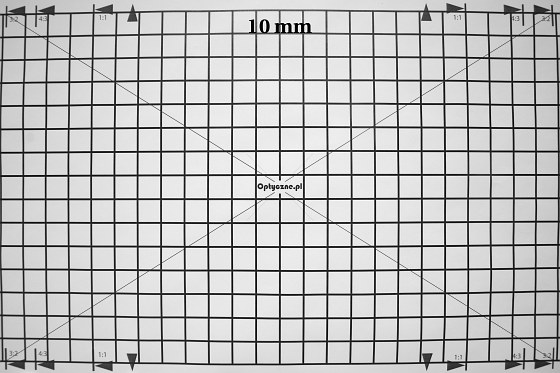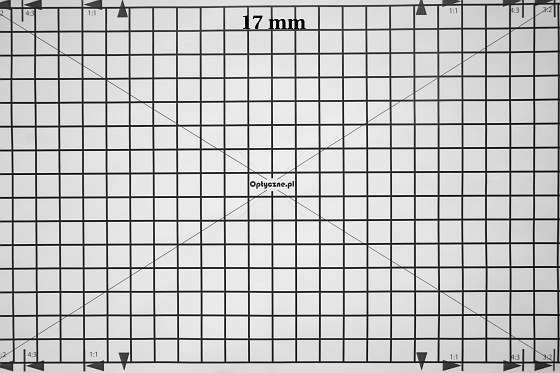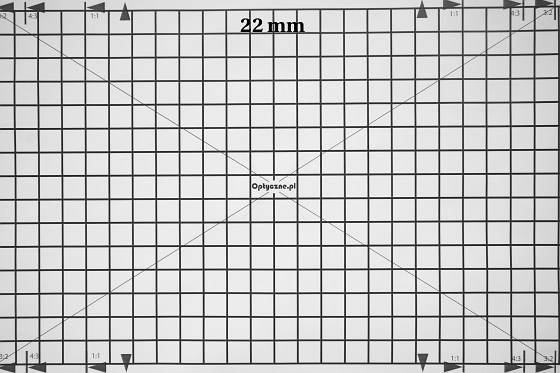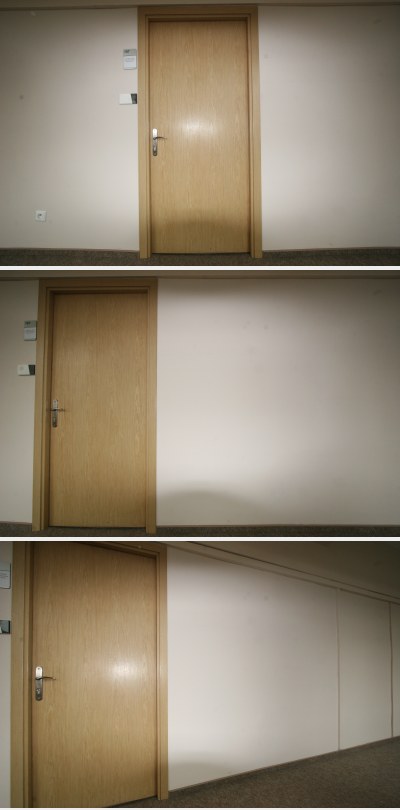Canon EF-S 10-22 mm f/3.5-4.5 USM
6. Distortion



If by distortion we understand all the other geometrical deformations (not only line bending), the situation is completely different. If you remember correctly, the world map made in the gnomonic projection from your geography lessons, the meridians and parallels are straight lines. Although the countries' and continents' surface deformation around the equator and the tropics was not very great, it was always weird to see the huge size of Greenland next to the North Pole, which looked completely different on the globe.
Please Support UsIf you enjoy our reviews and articles, and you want us to continue our work please, support our website by donating through PayPal. The funds are going to be used for paying our editorial team, renting servers, and equipping our testing studio; only that way we will be able to continue providing you interesting content for free. |
- - - - - - - - - - - - - - - - - - - - - - - - - - - - - - - - - - - - - - - - - - - - - - - -
The Canon 10-22 mm (especially for 22 mm) behaves in a similar way to the map. The lines are still straight but on the edges, the area of the planes which are not parallel to the projector is very distorted. To prove it, we will give an example. We set up the camera in front of a door and we took three pictures. Each time the camera was at the same distance from the wall. In the first case, the camera was situated exactly opposite the door, for the second picture we moved it a bit to the right, still maintaining the parallel plane of the projector and the door plane, in the third case we placed the camera at a slight angle to the door. The results are obvious. The door surface was gravely distorted. This is what is going to happen with any object situated far away from the center of the frame. So, claiming that the Canon EF-S 10-22 mm, in spite of its wide angle, does not cause geometric distortion, is a bit of an overstatement.







